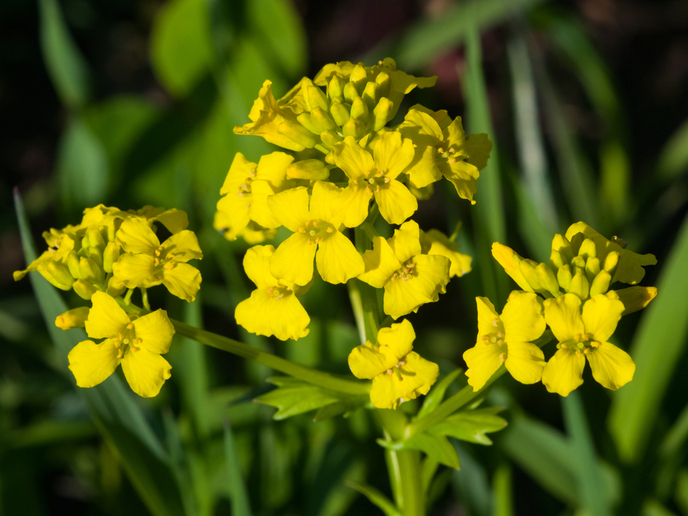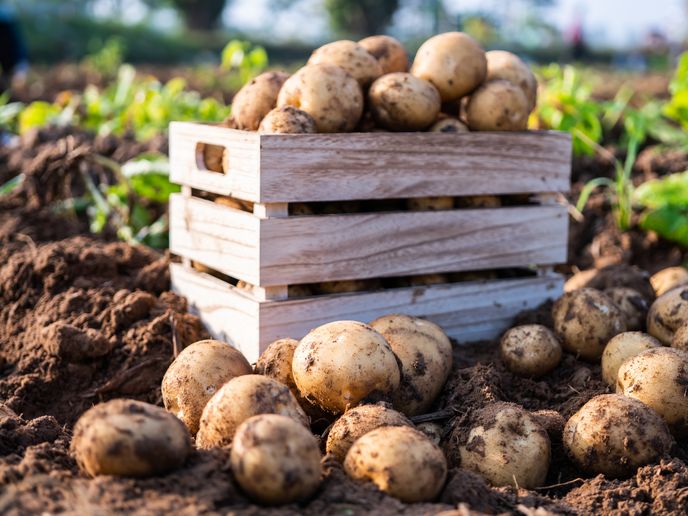Role of saponins in plant protection explored
Insect pests and pathogens cause significant damage to food crops, requiring a higher use of pesticides with potential noxious effects for the environment and the farmers. There is a crucial need to develop new and sustainable ways to reduce these losses and protect food security. Plant-derived compounds, like saponins, offer a more sustainable and eco-friendly alternative to synthetic pesticides. However, to fully exploit their potential, we need to understand how saponin production is triggered and controlled within plants. The REMES project, undertaken with the support of the Marie Skłodowska-Curie programme, investigated the genetic and molecular basis for the biosynthesis and regulation of triterpenoid saponins. “REMES used the insect-resistant plant Barbarea vulgaris as a model system to improve our understanding and develop saponins with tailored chemical structures that target pests in a specific way,” states project coordinator Søren Bak.
Better alternative for pest management
The herb B. vulgaris, commonly known as yellow rocket cress or bittercress (among others), naturally accumulates high levels of saponins. Therefore, REMES established a tissue culture and transformation protocol for B. vulgaris, plus rearing and feeding experiments using the diamondback moth Plutella xylostella, a common insect pest on the leaves of cruciferous crops. “This allowed us to study how plants produce and accumulate saponins and the effect that a single small modification on the chemical structure of a saponin can have on its biological role,” Bak explains. Saponins appear to work in a different way than conventional chemical pesticides. Hence, they have the potential to be used against pests that are resistant to conventional pesticides. In addition, they are not as toxic to the environment as chemical synthetic pesticides. “Using a more diversified way of pest management decreases the chances to generate resistance in the insect pests and pathogens,” Pablo Cárdenas – the lead researcher in the project – points out. “As a consequence, we can expect a general decrease in the amount of pesticides used in agriculture.”
Tailor-made solutions
According to Bak, there is an enormous number of plant compounds for which we know little to nothing about their role in the plants. “At least for saponins, it seems like their diversity is driven by a limited number of genes that encode for substrate and product-promiscuous enzymes. Many of these compounds are likely involved in attracting beneficial organisms or act in plant defence against herbivores and have the potential to be used in biotechnology.” Knowledge gained through REMES can be used as a model platform for the development of future biopesticides. “The establishment of a tissue culture and transformation protocol for B. vulgaris will enable us to engineer tailored production of specialised metabolites in plants and provide a more diversified approach to fighting insect pests and pathogens. The use of biopesticides has potential benefits for the farmers, consumers and our environment and will help the EU to be a world leader in the development and use of sustainable biopesticides for agriculture,” Cárdenas concludes.
Keywords
REMES, saponin, pesticide, Barbarea vulgaris, pest management, Plutella xylostella







